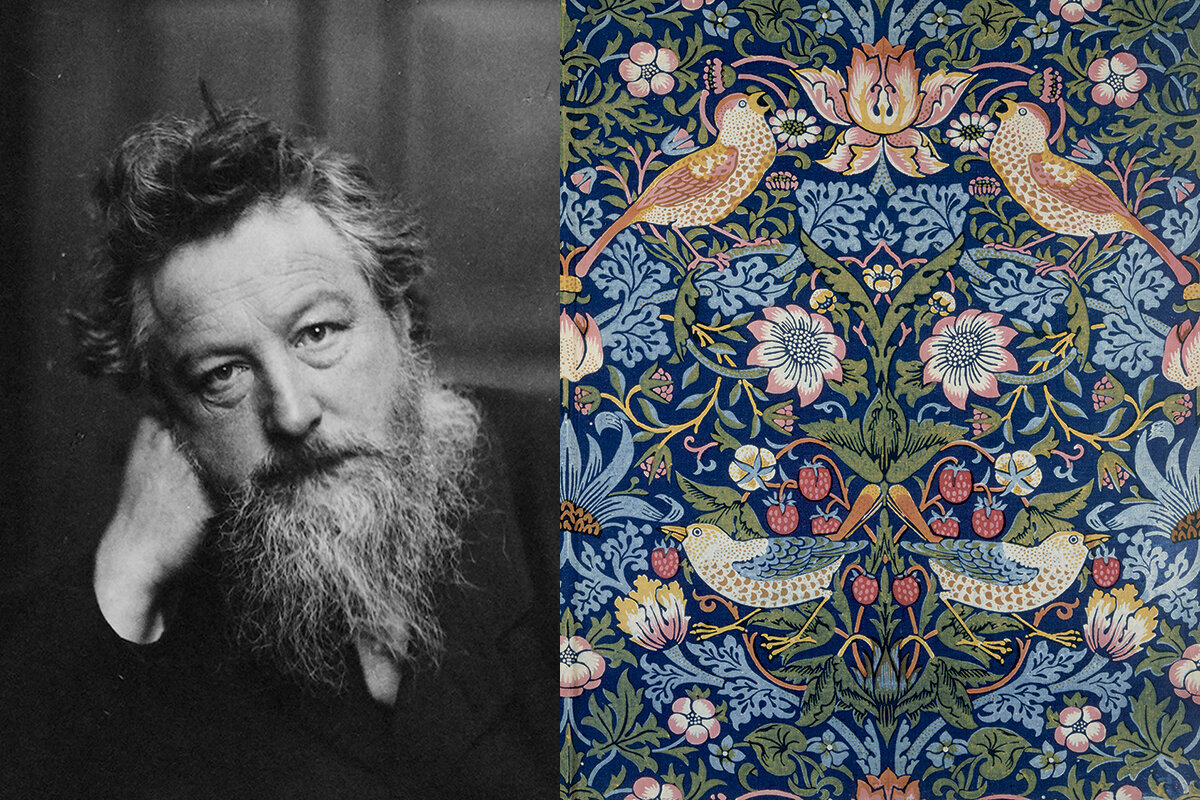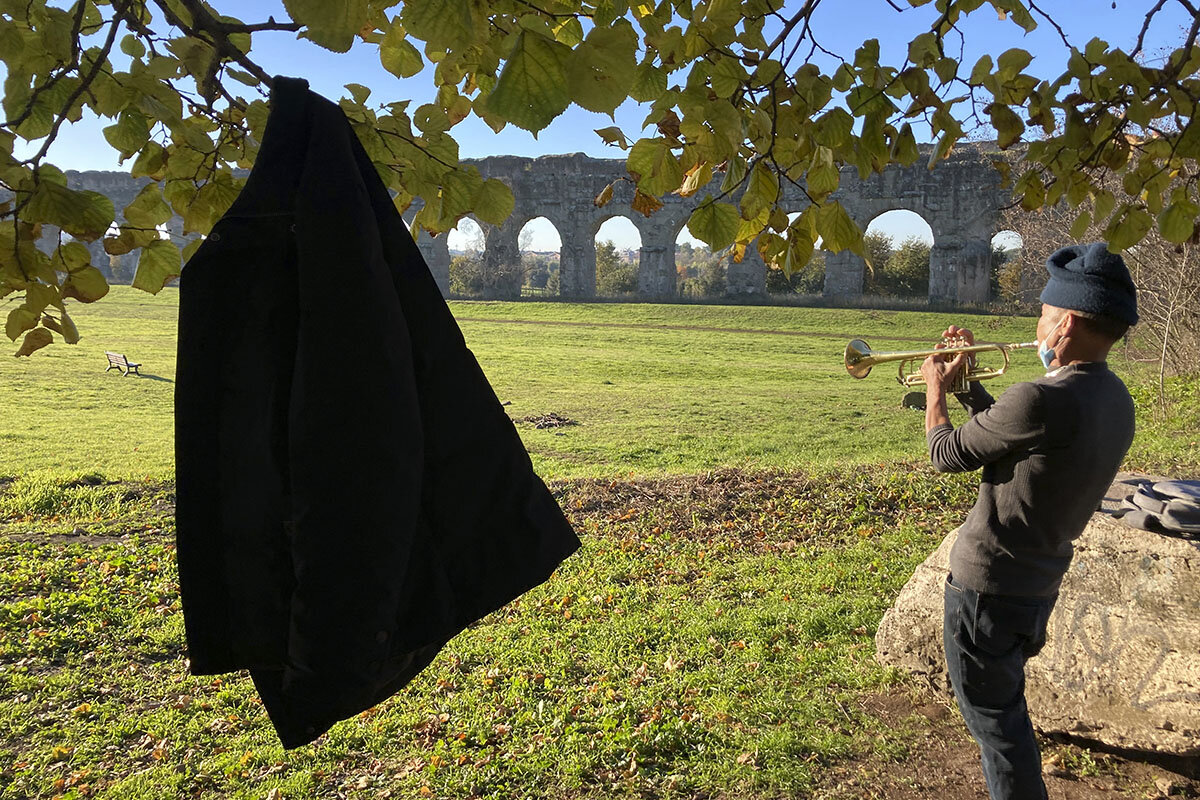Rare and unusually strong December tornadoes in Kentucky have put a focus on safety. Warning systems have improved greatly in recent years – partly due to heart-to-heart clarity in language.
Monitor Daily Podcast
- Follow us:
 Stephen Humphries
Stephen Humphries
On a December night over a decade ago, a young New Yorker named Jed McGiffin was run over by a garbage truck. Prior to the first of many surgeries, including an amputation, Jed tried to calm his weeping girlfriend, Megan. “I’ll see you on the other side,” he reassured her, surprising himself with his own calm.
“He’s not a superhuman person. He wondered, ‘Why am I OK?’” says George Bonanno, who recounts Jed’s story in his new book, “The End of Trauma: How the New Science of Resilience Is Changing How We Think About PTSD.” “He had the same question we all did, ‘Why would I be resilient in this thing?’”
Trauma has become a modern buzzword. But decades of research incontrovertibly reveal that most people who experience violent and life-threatening events do not develop post-traumatic stress disorder, says the professor of clinical psychology at Teachers College, Columbia University. For example, New York City officials braced for widespread trauma following Sept. 11, 2001. But six months later, the number of Manhattanites who experienced PTSD was less than 1%. “The End of Trauma” features case studies of individuals who’ve endured horrific circumstances. Resilience isn’t a rare human trait, he says in a phone interview, but it helps to have a flexible mindset to adapt to challenges.
As for Jed? After obtaining a Ph.D. under Mr. Bonanno’s tutelage – and starting a family with his now-wife Megan – he still suffered great pain. Yet Jed gained insights into how a sense of optimism was key to his reinvention. Now he counsels other injury survivors.
“He had put his life back on track,” writes Mr. Bonanno in his book. “He knew, from that point forward, that whatever happened next, he would always be able to find a way to come out on the other side.”










